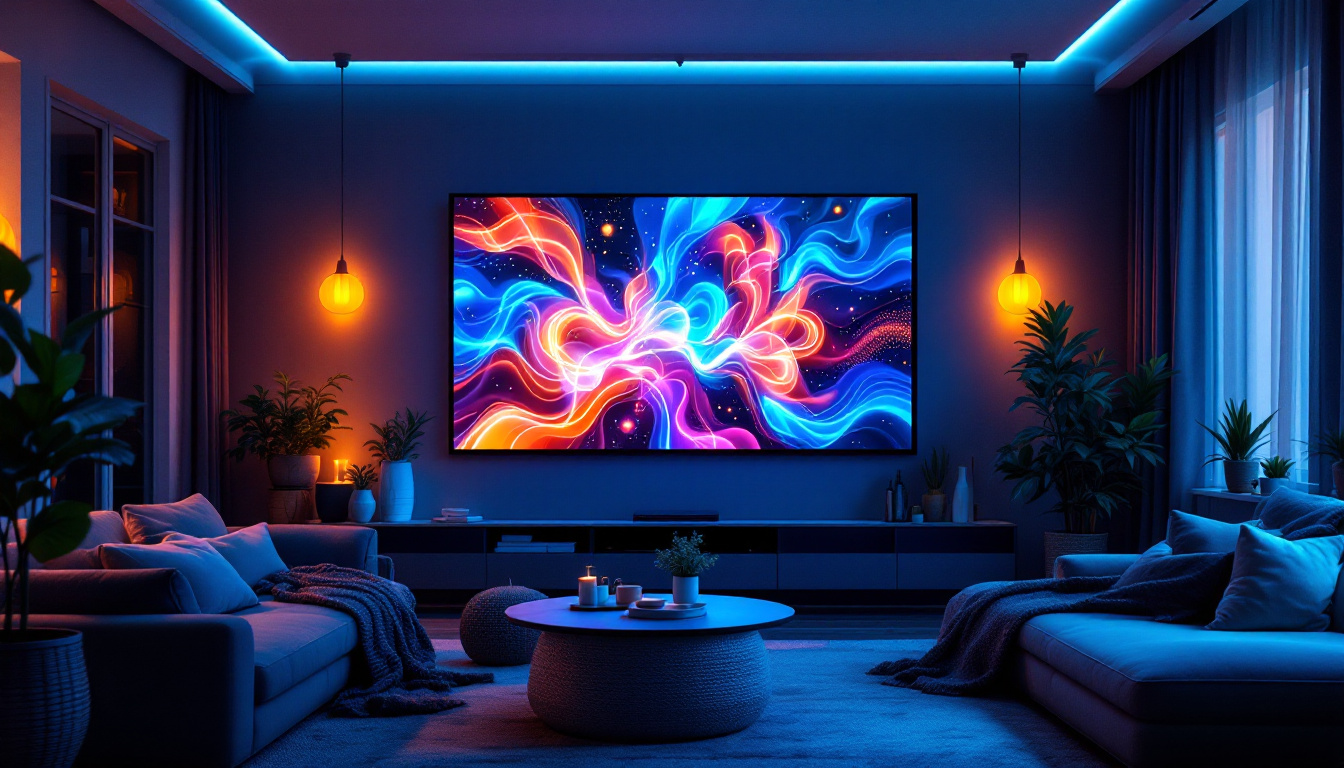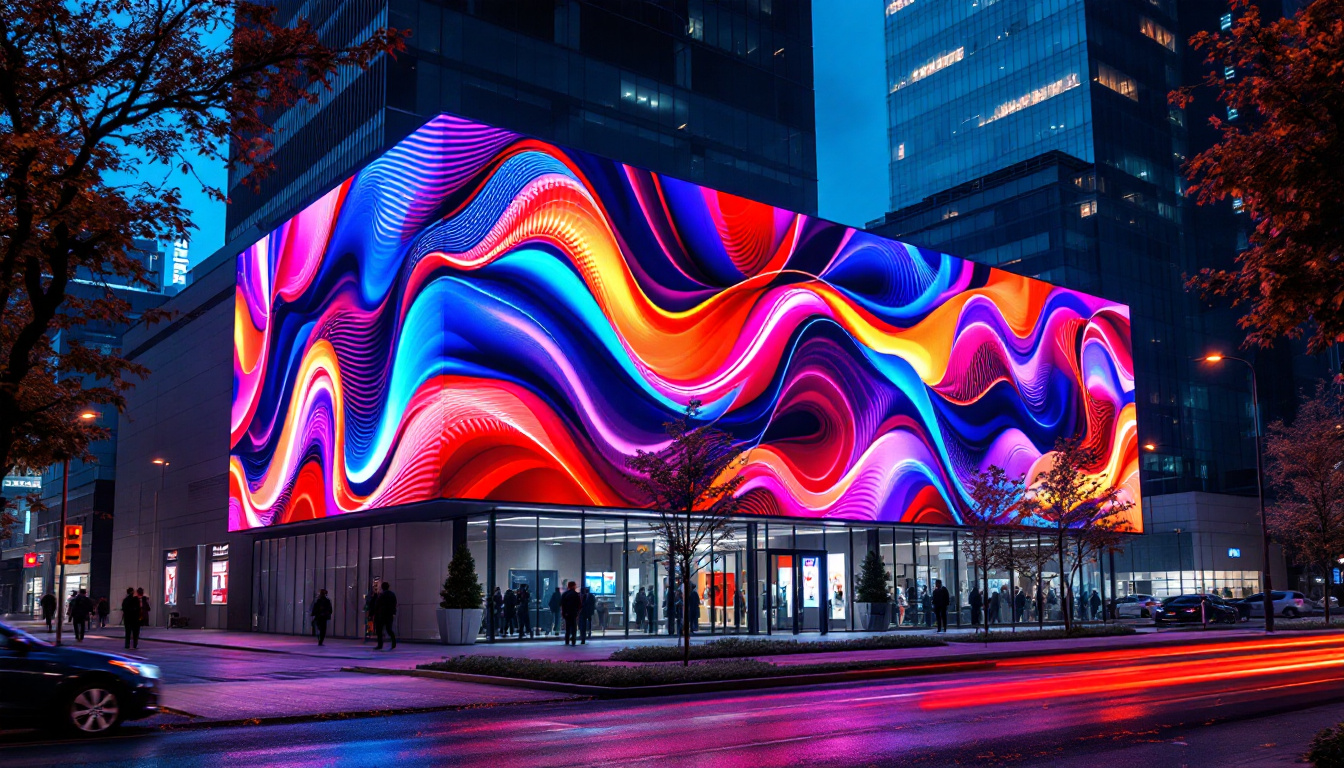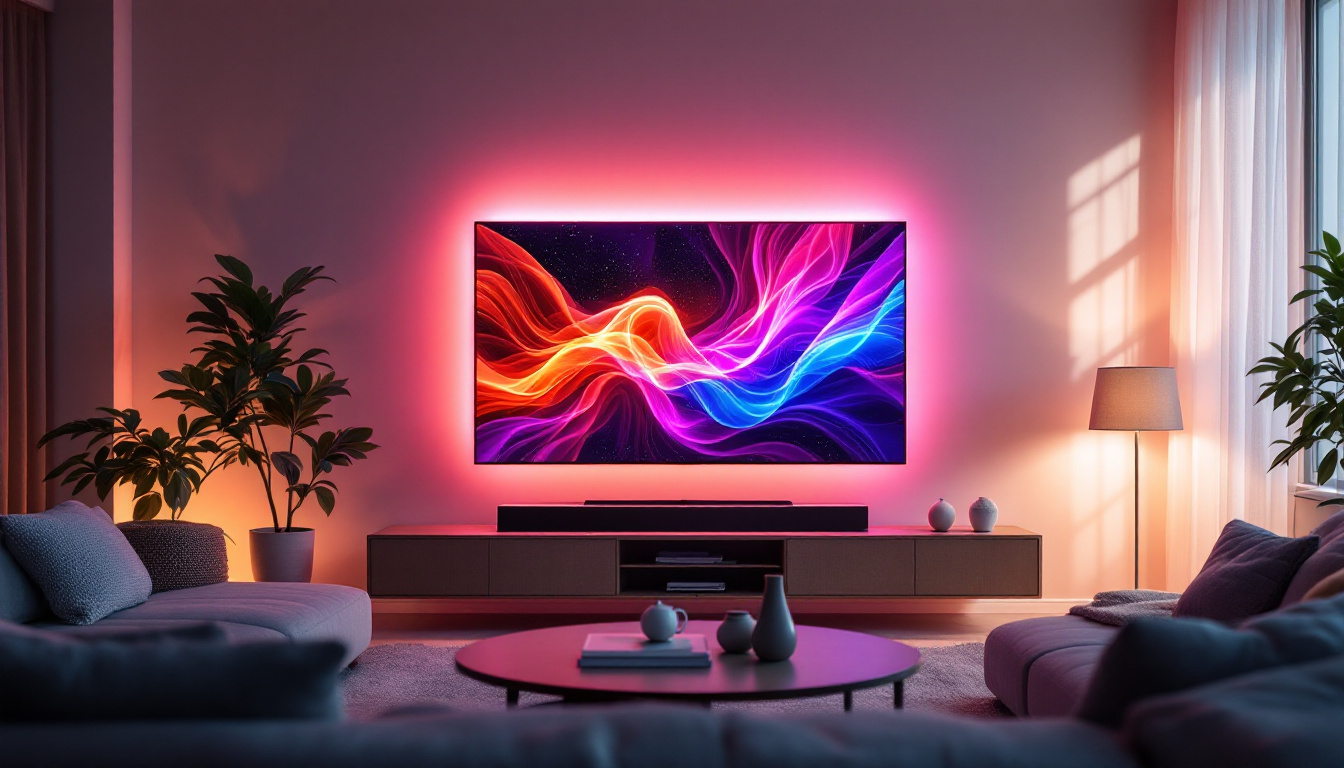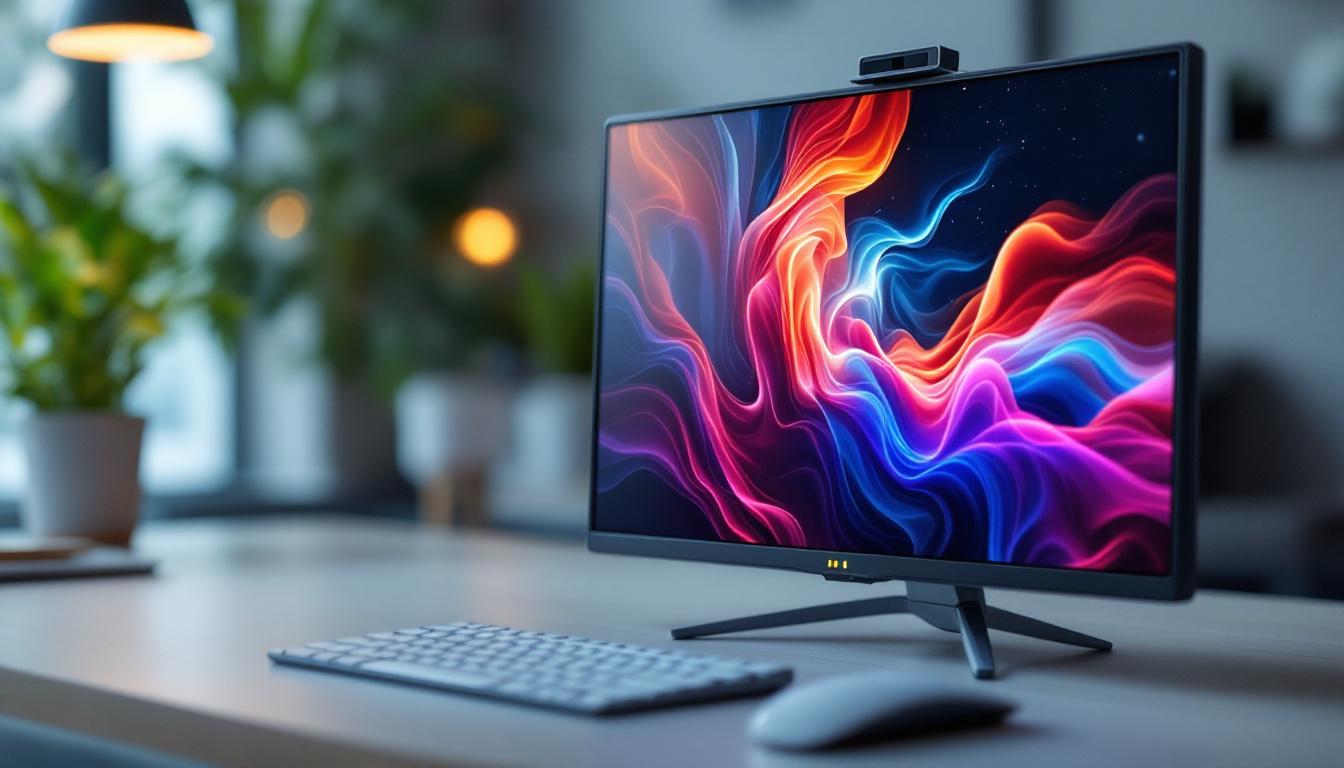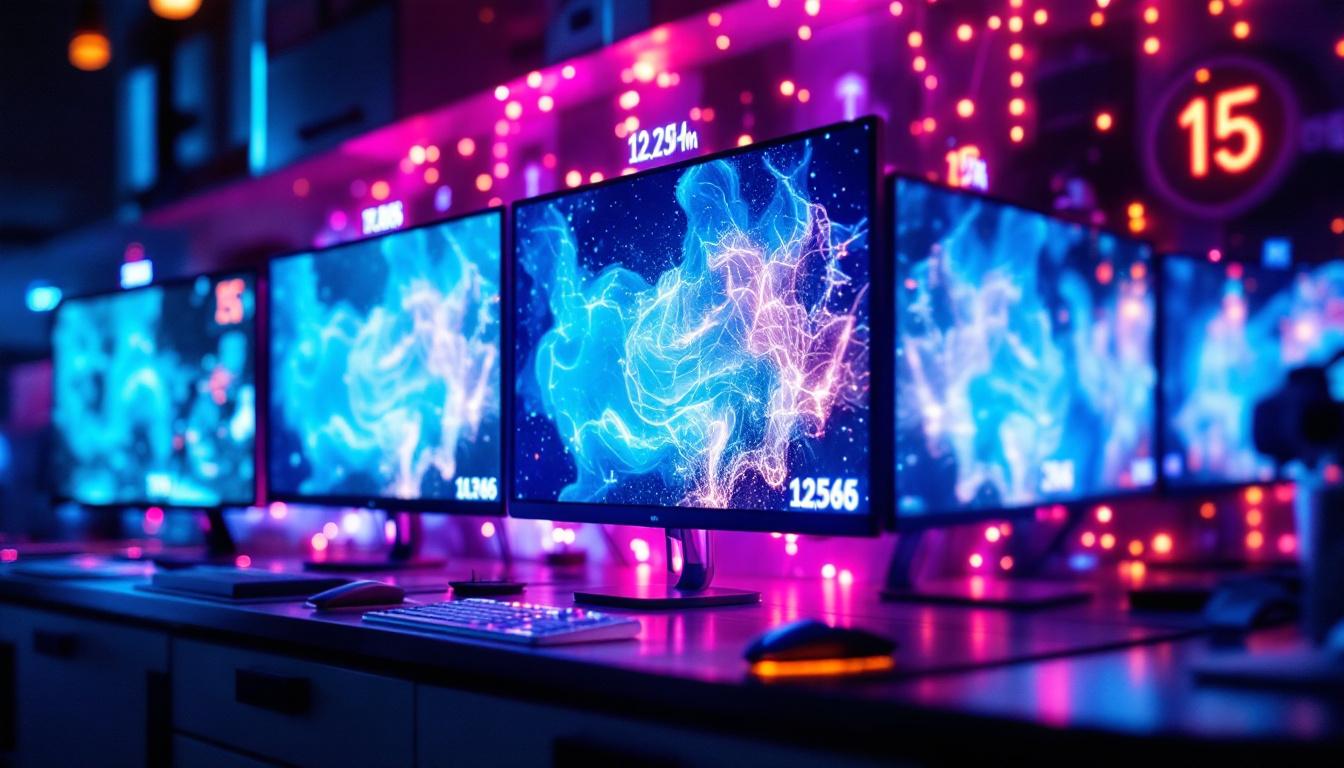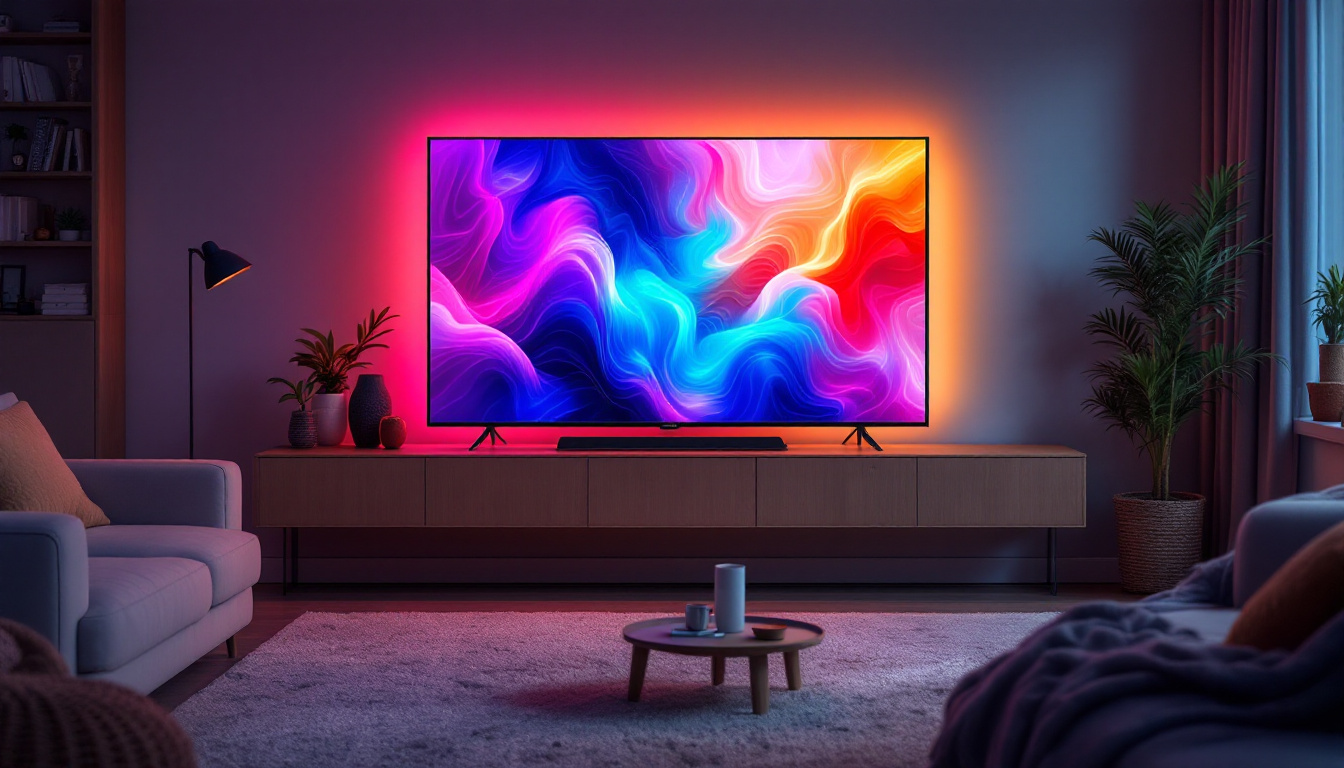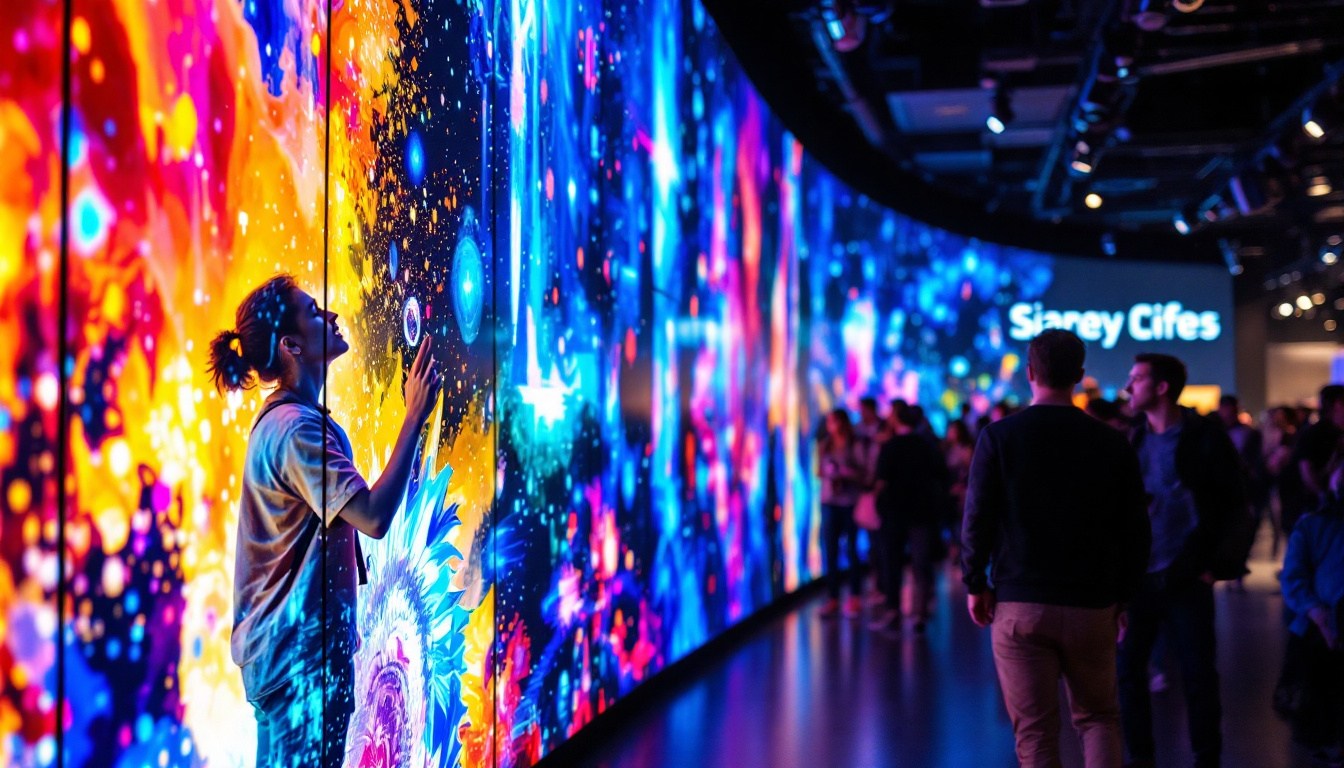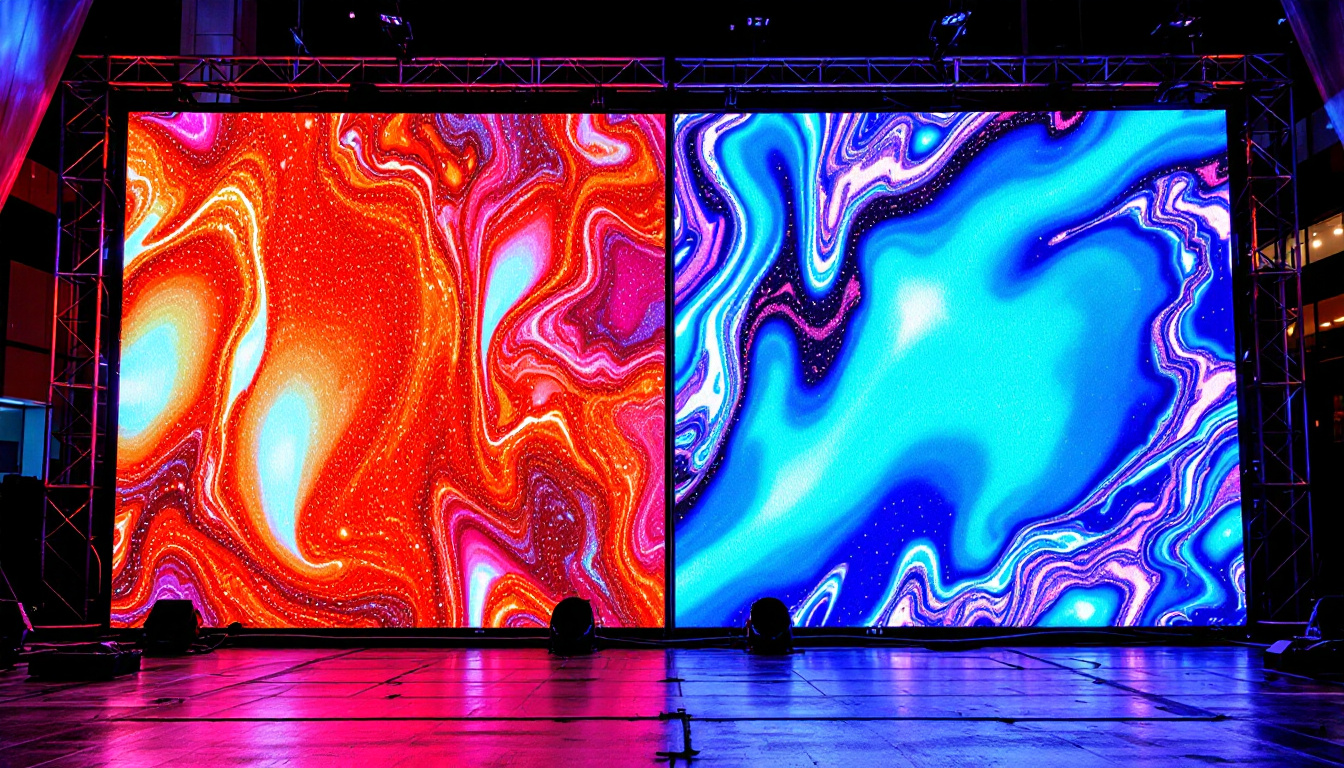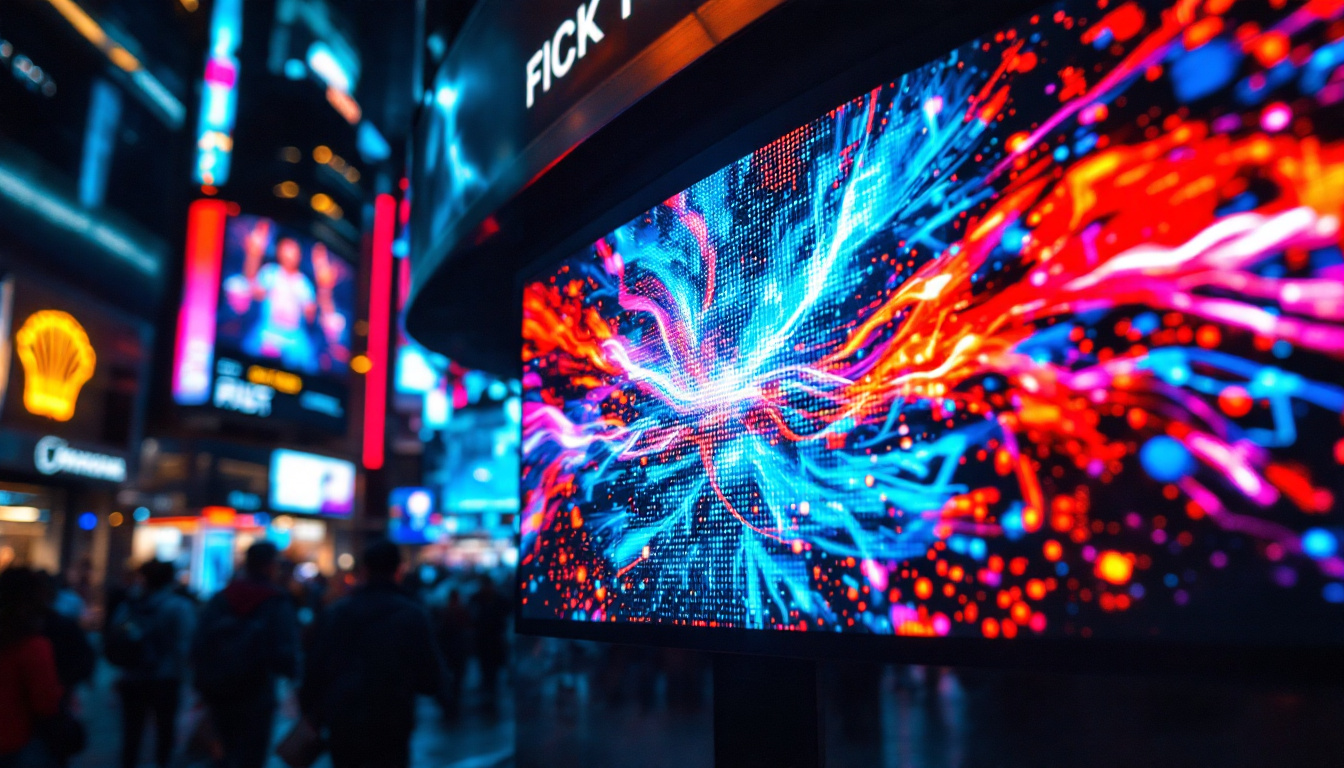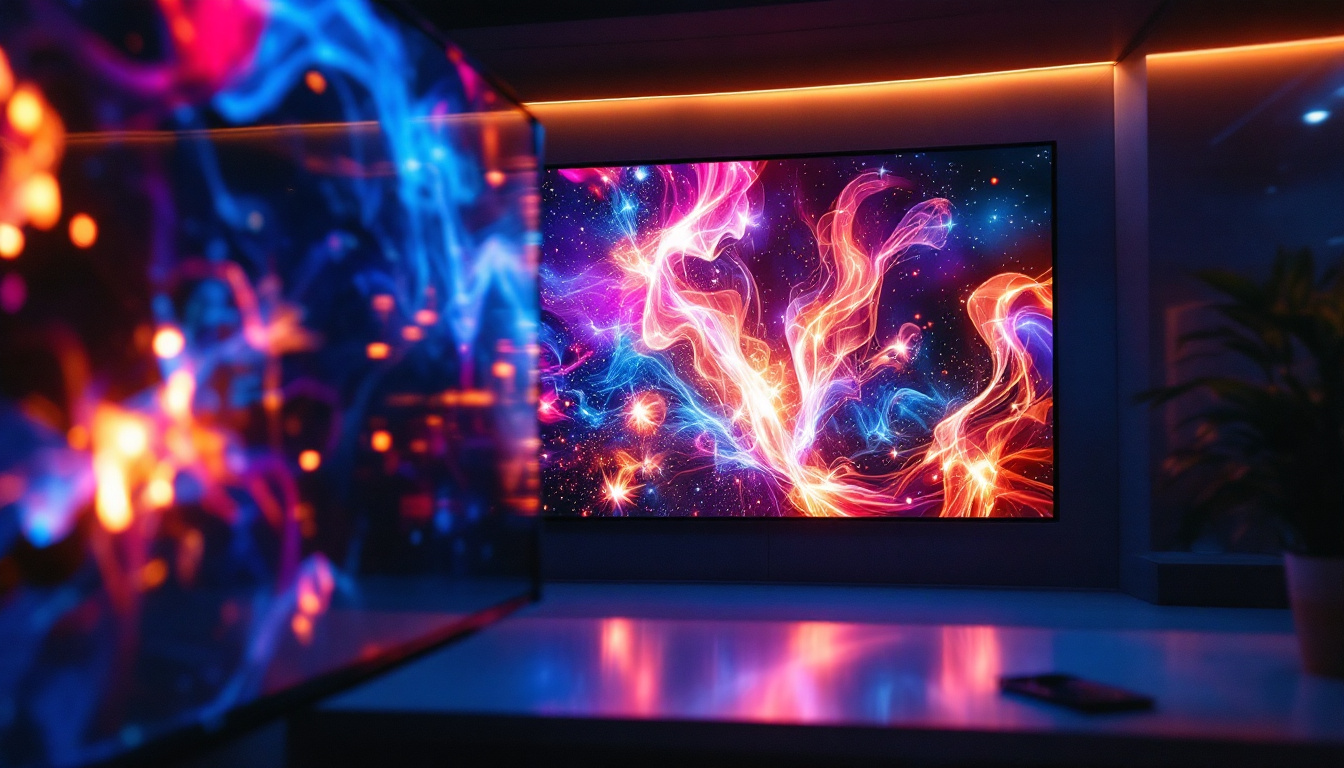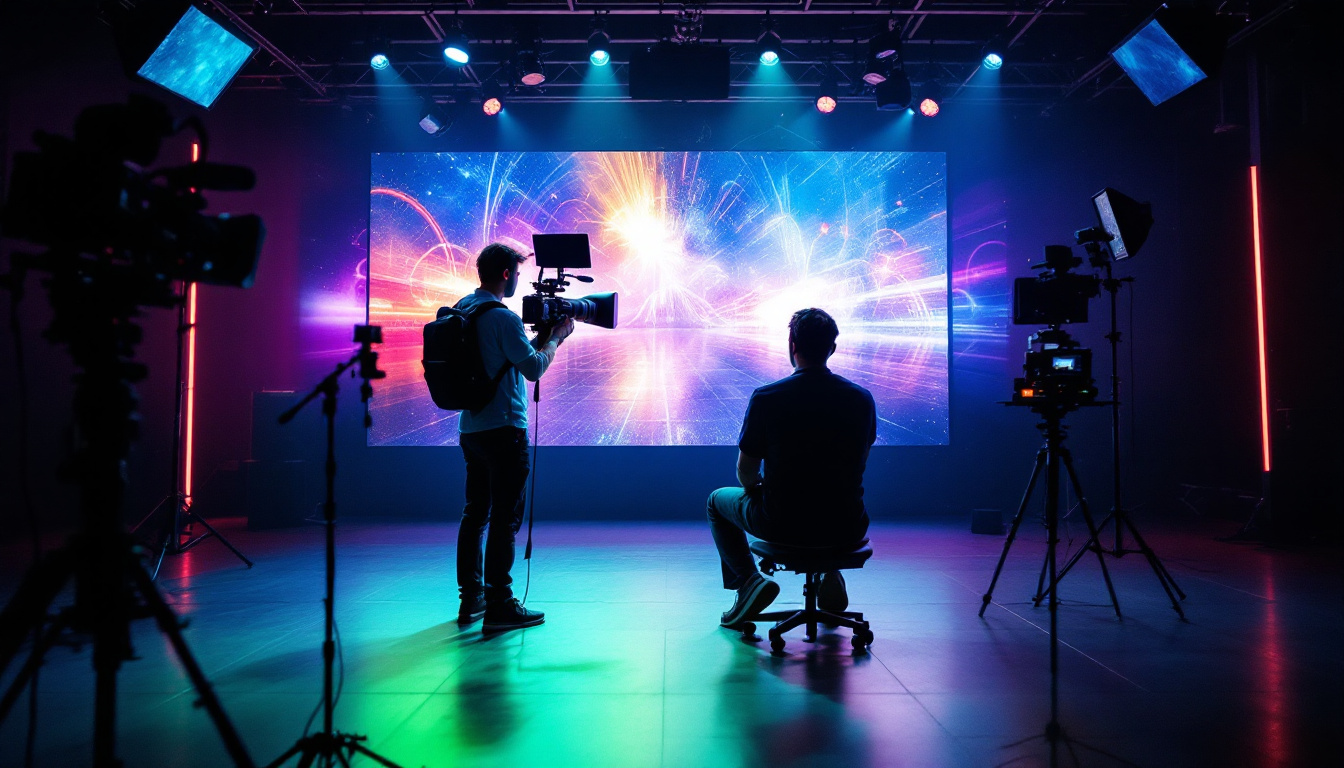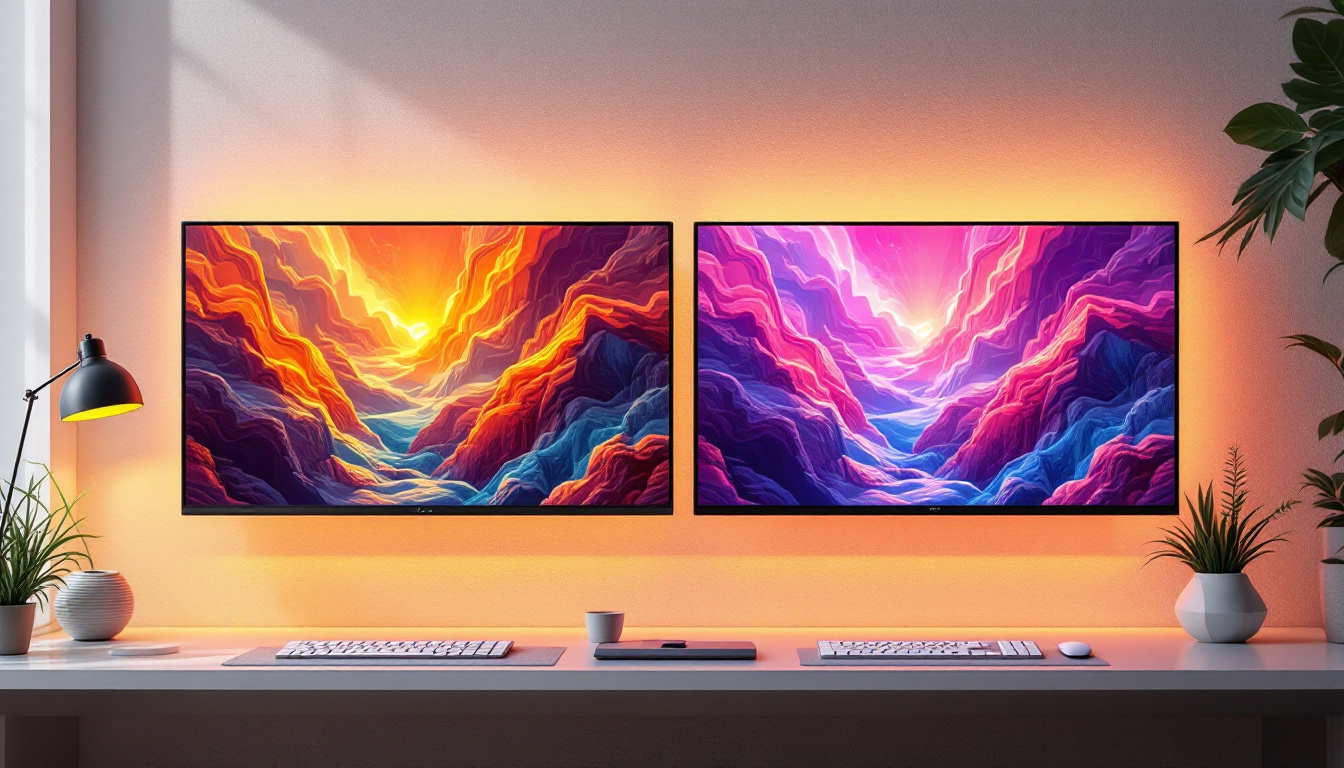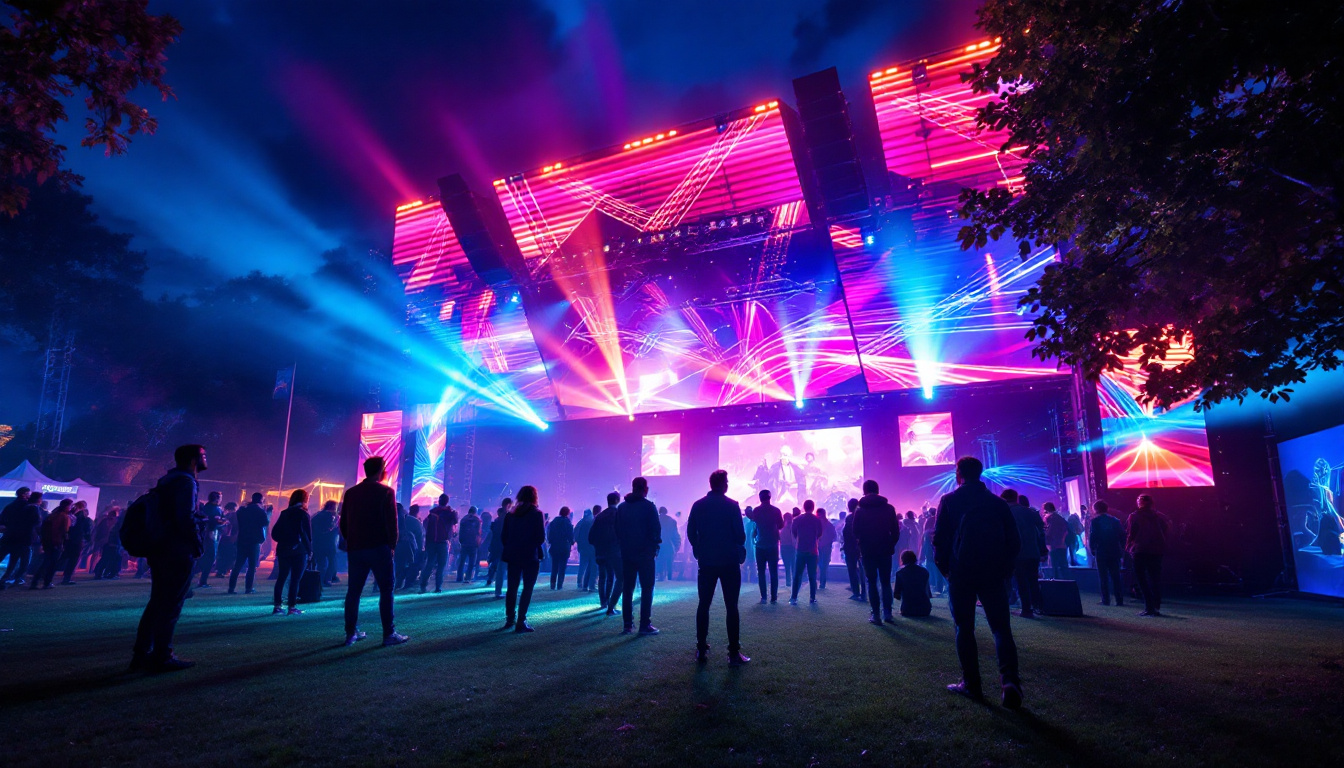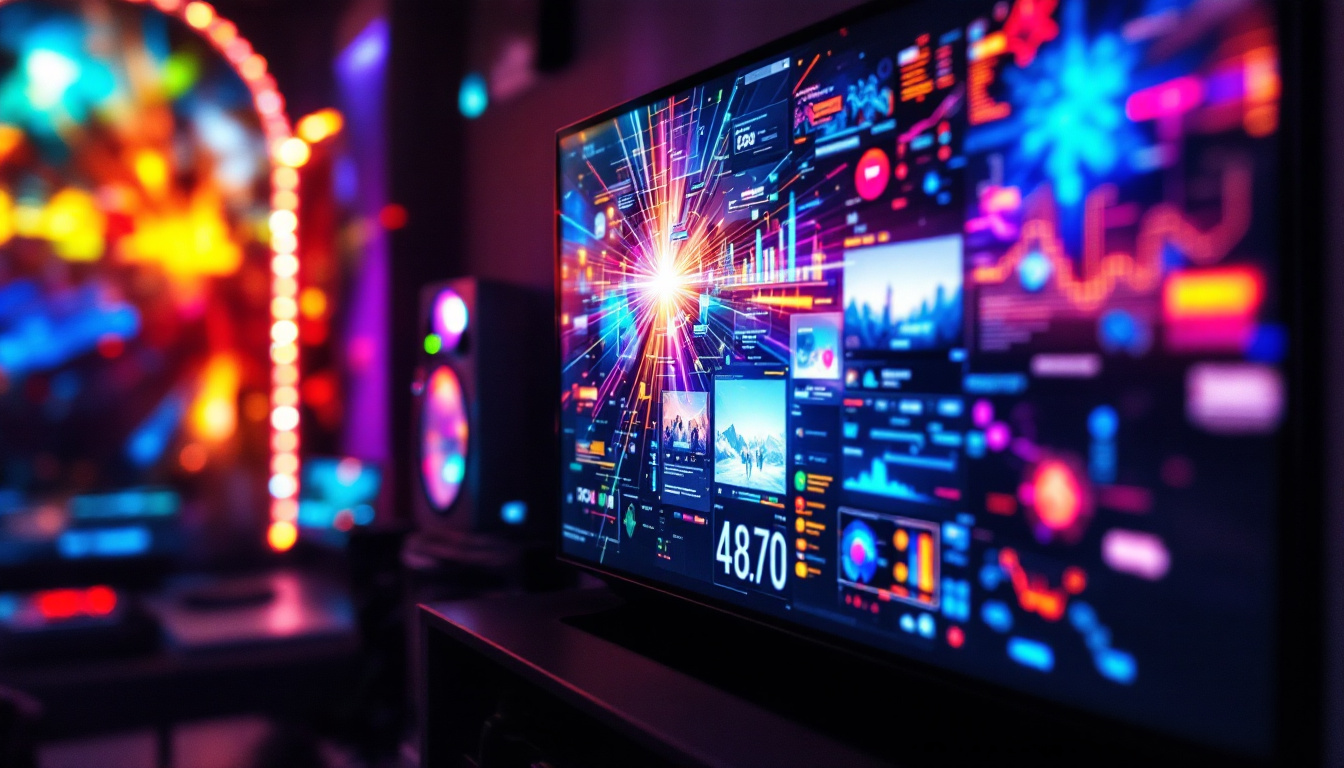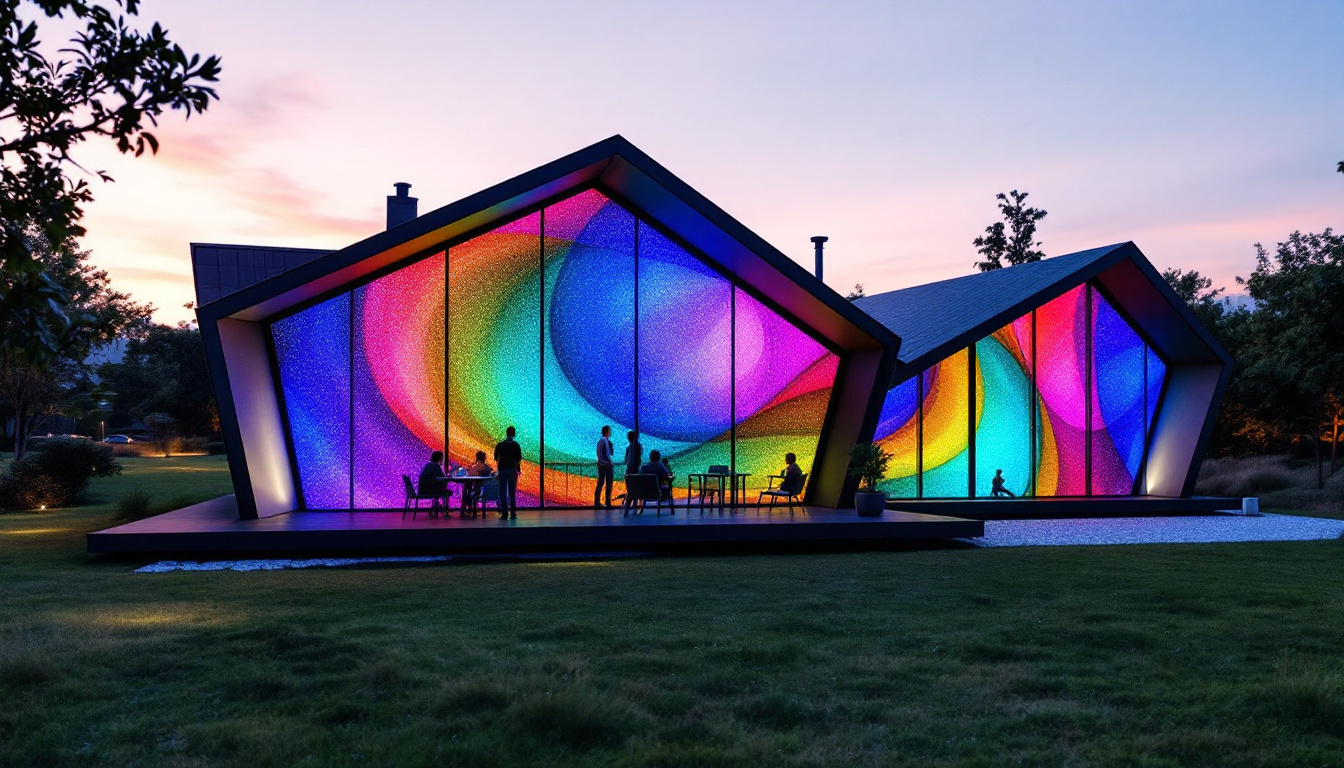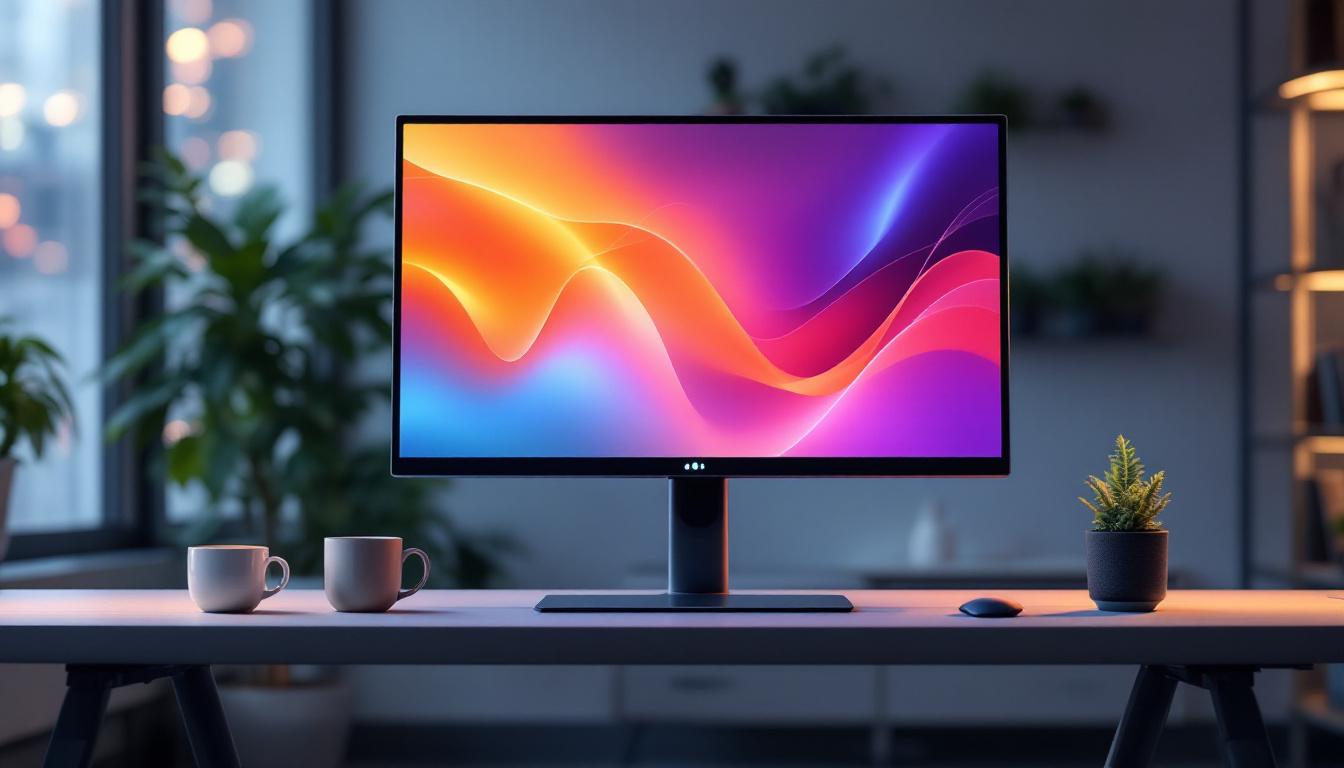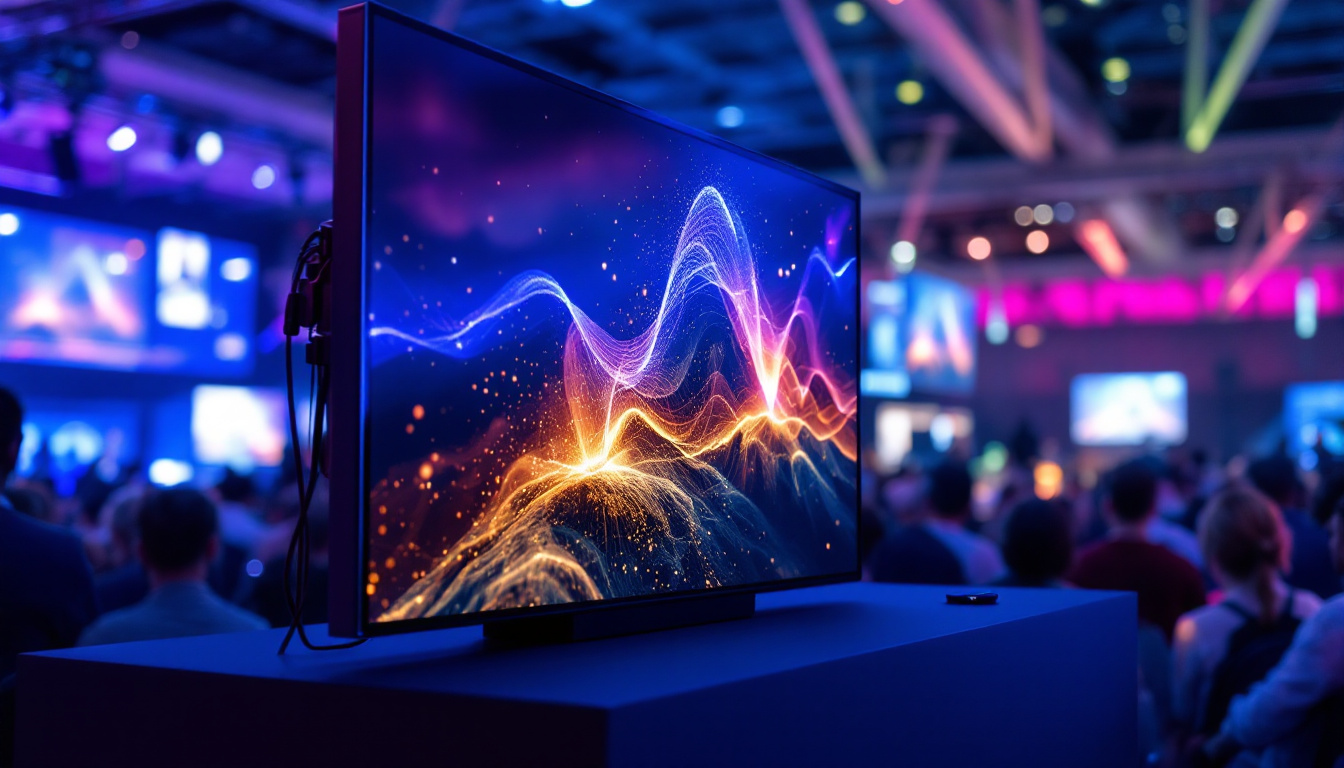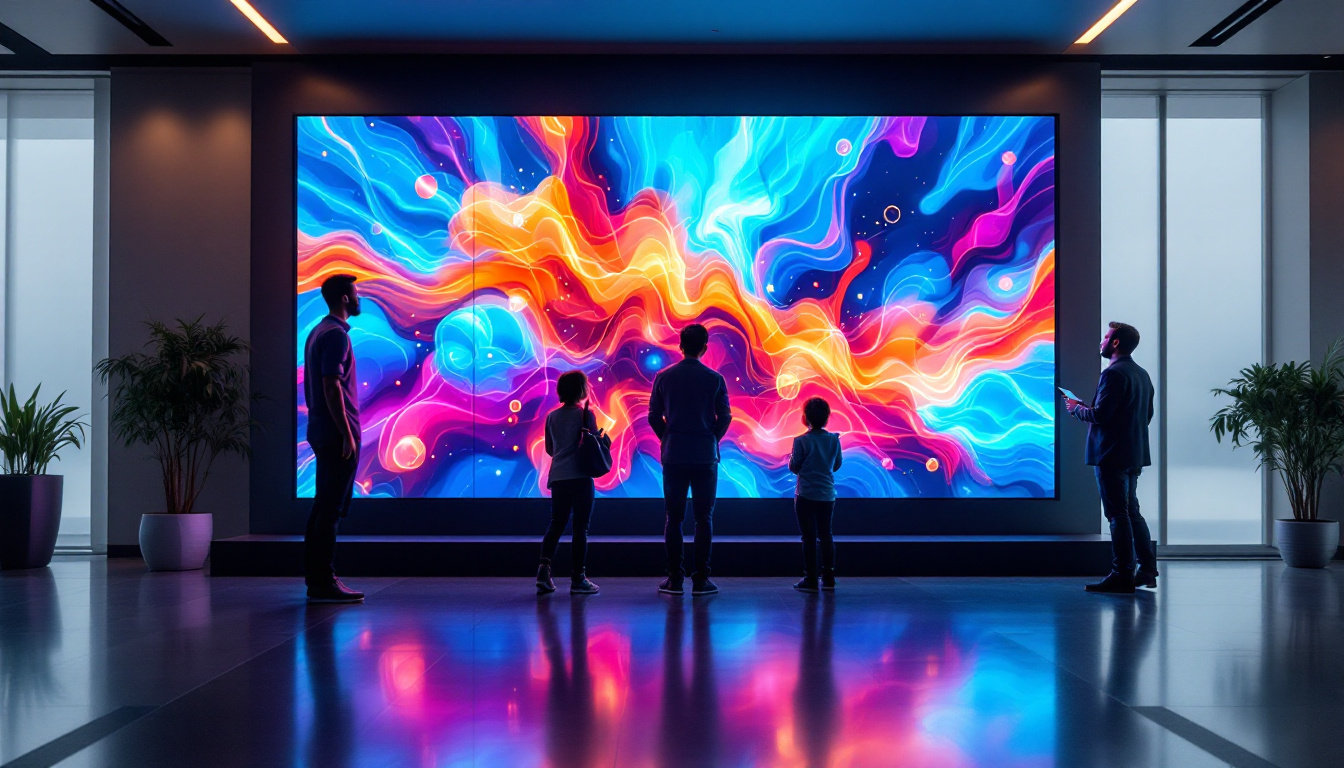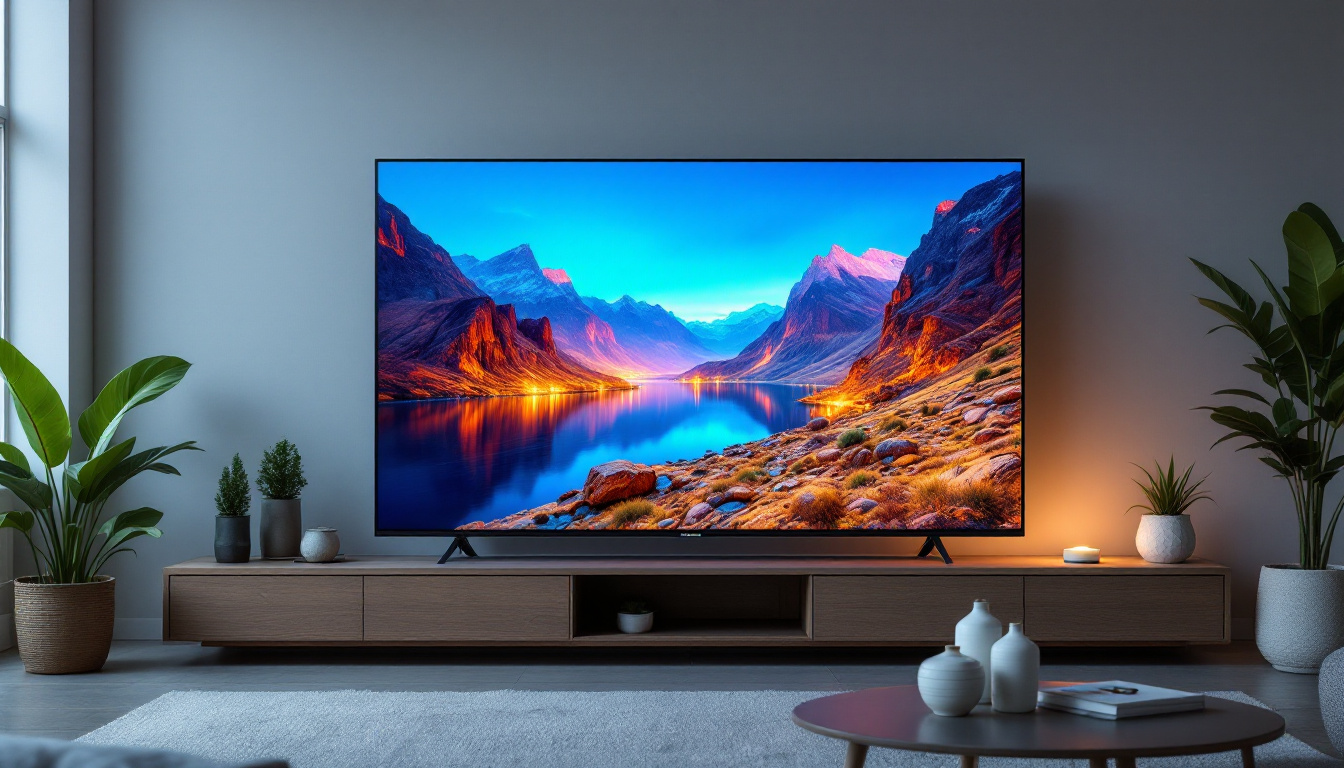In recent years, the concept of home entertainment has evolved dramatically. Among the innovations that have captured the imagination of homeowners and tech enthusiasts alike is the whole house projector. This technology offers a unique way to experience movies, games, and presentations in a larger-than-life format. At the heart of many modern projectors is LED display technology, which has transformed the way visuals are rendered. This article delves into the intricacies of whole house projectors, focusing on LED display technology and its implications for home entertainment.
Understanding Whole House Projectors
Whole house projectors are designed to create an immersive viewing experience across multiple rooms or large spaces. Unlike traditional projectors that are limited to a single screen, these systems can project images onto various surfaces, making them ideal for open-concept homes or multi-room setups.
These projectors can be integrated into the home’s design, allowing for a seamless aesthetic that does not compromise the overall decor. The ability to project onto walls, ceilings, or even specially designed screens makes them versatile tools for both entertainment and presentations. With the rise of smart home technology, whole house projectors can also be controlled remotely via smartphone apps or voice-activated assistants, adding an extra layer of convenience for users.
Key Features of Whole House Projectors
When considering a whole house projector, several key features should be evaluated. These include brightness, resolution, connectivity options, and installation flexibility. Brightness is particularly important, as it determines how well the projector performs in different lighting conditions. A higher lumen rating is generally preferable for spaces that are not completely dark.
Resolution plays a critical role in image quality. Most modern projectors offer at least Full HD (1080p) resolution, with many now providing 4K capabilities for an even sharper image. Connectivity options, such as HDMI, Wi-Fi, and Bluetooth, enhance usability by allowing seamless integration with various devices. Furthermore, some projectors support screen mirroring, enabling users to display content directly from their smartphones or tablets, which is particularly useful for sharing photos or videos during gatherings.
Installation and Setup Considerations
Installing a whole house projector requires careful planning. Factors such as the size of the space, the distance from the projector to the screen, and the placement of furniture all influence the setup. Professional installation services can help ensure that the projector is optimally positioned for the best viewing experience.
Additionally, many projectors come with features that simplify setup, including automatic keystone correction and focus adjustment. These features can significantly reduce the time and effort required to achieve a perfect image. It’s also worth considering the acoustics of the space; some projectors can be paired with surround sound systems to enhance audio quality, creating a more immersive experience. Furthermore, the use of ambient light-rejecting screens can improve visibility in well-lit environments, making it easier to enjoy movies or presentations without compromising on picture quality.
The Role of LED Display Technology
LED (Light Emitting Diode) technology has revolutionized the way images are displayed in projectors. Unlike traditional lamp-based projectors, which rely on bulbs that can dim over time, LED projectors provide a consistent and vibrant image quality. This section explores the benefits of LED technology in whole house projectors.
Benefits of LED Projectors
One of the most significant advantages of LED projectors is their longevity. LED lights can last up to 30,000 hours, significantly reducing the need for replacements and maintenance. This longevity translates to lower operating costs over time, making LED projectors a more economical choice for homeowners. Additionally, the durability of LED components means they are less susceptible to damage from shock or vibration, further enhancing their reliability in various settings, from home theaters to outdoor movie nights.
In addition to their lifespan, LED projectors offer superior color accuracy and brightness. The colors produced by LED technology are often more vivid and true-to-life compared to traditional projectors. This is especially important for home theaters, where the goal is to replicate the cinematic experience as closely as possible. Furthermore, LED projectors can achieve higher contrast ratios, allowing for deeper blacks and more dynamic visuals, which enhances the overall viewing experience, whether you’re watching a blockbuster film or a family video.
Energy Efficiency and Environmental Impact
LED projectors are also more energy-efficient than their traditional counterparts. They consume less power while providing a brighter image, making them an environmentally friendly option. This efficiency not only reduces energy bills but also minimizes the carbon footprint associated with home entertainment systems. The reduced heat output of LED projectors further contributes to energy savings, as less energy is wasted in the form of heat, which can also lead to a cooler and more comfortable viewing environment.
As consumers become more environmentally conscious, the demand for energy-efficient technologies like LED projectors is likely to grow. This shift reflects a broader trend towards sustainability in home design and technology. Moreover, many manufacturers are now focusing on eco-friendly production practices, ensuring that the materials used in LED projectors are recyclable and sourced responsibly. This commitment to sustainability not only appeals to environmentally aware consumers but also sets a precedent for future innovations in the industry, encouraging the development of even more efficient and sustainable display technologies.
Choosing the Right Whole House Projector
Selecting the ideal whole house projector involves several considerations tailored to individual needs and preferences. From room size to intended use, each factor plays a crucial role in making the right choice.
Assessing Room Size and Layout
The size and layout of the room where the projector will be used are paramount. A larger room may require a projector with higher brightness and resolution to ensure a clear image, while smaller spaces might benefit from models designed for short-throw projection. Understanding the dimensions and characteristics of the space can help narrow down the options.
Additionally, the layout of furniture and other elements in the room can affect viewing angles and image quality. It’s essential to consider how the projector will fit into the overall design of the space. For instance, if the seating is positioned at an angle to the screen, a projector with lens shift capabilities can help achieve a more optimal image without distortion. Furthermore, ambient light levels should also be taken into account; rooms with large windows may require projectors with higher lumens to combat the effects of natural light.
Intended Use and Content
Another critical factor is the intended use of the projector. Will it primarily be used for watching movies, gaming, or business presentations? Different activities may require different features. For example, a projector intended for gaming may benefit from low input lag, while one used for movies may prioritize color accuracy and contrast.
Understanding the types of content that will be displayed can guide the selection process, ensuring that the chosen projector meets specific performance criteria. For instance, if the projector will be used for sports events, features such as high refresh rates and motion smoothing can enhance the viewing experience. On the other hand, for presentations, clarity and brightness are crucial, as they ensure that text and graphics are easily readable from a distance. Additionally, consider the audio capabilities of the projector; built-in speakers may suffice for casual viewing, but for a more immersive experience, external sound systems or soundbars could be necessary to complement the visuals effectively.
Installation and Maintenance Tips
Once a whole house projector has been selected, proper installation and maintenance are essential to ensure optimal performance. This section outlines key tips for both aspects.
Installation Best Practices
For installation, it’s advisable to follow the manufacturer’s guidelines closely. This includes selecting the right mounting location, ensuring proper ventilation, and configuring the projector settings for the specific environment. Using a quality mount can also help stabilize the projector and prevent any potential damage.
In addition, consider the use of screens or surfaces that enhance image quality. While many projectors can display images on walls, dedicated screens can improve brightness and contrast, providing a better overall viewing experience.
Regular Maintenance and Care
Maintaining a whole house projector involves regular cleaning and occasional calibration. Dust and debris can accumulate on the lens and filters, affecting image quality. Regularly cleaning these components can help maintain optimal performance.
Calibration ensures that the projector continues to deliver the best possible image quality over time. Many projectors come with built-in calibration tools, making it easier for users to adjust settings as needed.
Future Trends in Projector Technology
The world of projector technology is continually evolving. As advancements are made, several trends are expected to shape the future of whole house projectors, particularly those utilizing LED technology.
Enhanced Connectivity Features
Future projectors are likely to offer even more advanced connectivity options. With the rise of smart home technology, seamless integration with other devices will become increasingly important. Expect to see projectors that can easily connect to smart speakers, home automation systems, and streaming services, making them central hubs for home entertainment.
Wireless connectivity will also continue to improve, allowing for hassle-free streaming from a variety of devices without the need for cumbersome cables.
Improved Image Quality and Resolution
As technology advances, so too will the capabilities of projectors in terms of image quality. Higher resolutions, such as 8K, are on the horizon, promising even greater detail and clarity. Additionally, improvements in contrast ratios and color accuracy will enhance the overall viewing experience.
These advancements will cater to the growing demand for high-quality home entertainment systems, making projectors an increasingly appealing option for consumers.
Conclusion
The whole house projector represents a significant leap forward in home entertainment technology. With the integration of LED display technology, these projectors offer vibrant images, energy efficiency, and long-lasting performance. As consumers continue to seek immersive experiences, the demand for whole house projectors is likely to grow.
By understanding the features, benefits, and future trends associated with whole house projectors, homeowners can make informed decisions that enhance their entertainment spaces. Whether for movie nights, gaming sessions, or presentations, the right projector can transform any room into a dynamic viewing environment.
Discover the Future of Home Entertainment with LumenMatrix
Ready to elevate your home entertainment to new heights? LumenMatrix is at the forefront of LED display technology, offering a wide array of innovative solutions that bring your viewing experience to life. From immersive indoor and outdoor LED walls to dynamic vehicle displays and beyond, our products are designed to captivate and engage. Embrace the future of visual communication with our cutting-edge LED displays that promise to transform any space into a vibrant, energy-efficient, and unforgettable environment. Check out LumenMatrix LED Display Solutions today and step into a world where every visual tells a story.

